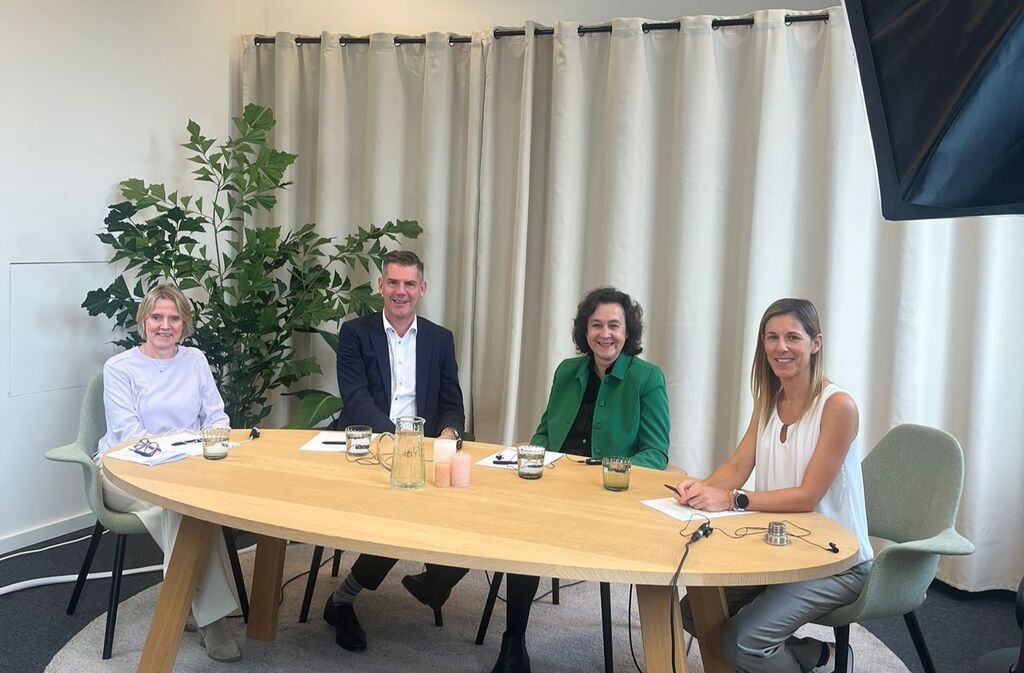A leader who pulls all the strings, knows perfectly what the next step should be and can protect his/her employees from all unwanted influences from outside the team, is an illusion. The context in which we work today is so complex and uncertain that those traditional expectations of a leader (aka: order, direction and protection) need to be revised. The challenges we face today often require us to change and assume leadership ourselves as individuals. Consider, for example, the adjustment brought about by the pandemic and hybrid work.
Is everyone a leader? Is the role of the leader completely played out? On the contrary. Leaders in organizations today have the crucial role of creating "holding spaces. They do this by making room for employees' emotions (containing) on the one hand, and on the other hand by giving them a view of the broader context (interpreting). Indeed, a leader often has a broader view of what is happening inside and outside the team than the individual employees/experts themselves. In these holding spaces, employees can find the time and space to search for themselves, to better understand what the challenge means to them and to discover what they can do to respond to it.
An attitude of situational humility for the leader is a perfect fit for creating these holding spaces. Leaders generally have a better overview than individual team members, therefore they can provide a lot of relevant input. But because they have never been in this particular situation before, they cannot pretend to know what needs to be done. And so they leave room for opposing info, for many perspectives and for questioning what we think we know.
Reflection Janssen Pharmaceutica: "The role of the leader in and with the team will indeed be essential to meet future challenges. It is will not be a cavalier-seul story. It is a fine role for the new leader to create "holding spaces" in which emotions, context, content and team thinking is possible. A role to which we as an organization must give the necessary attention."
Make your HR policy a strategic asset! Discover our master class in HRM







